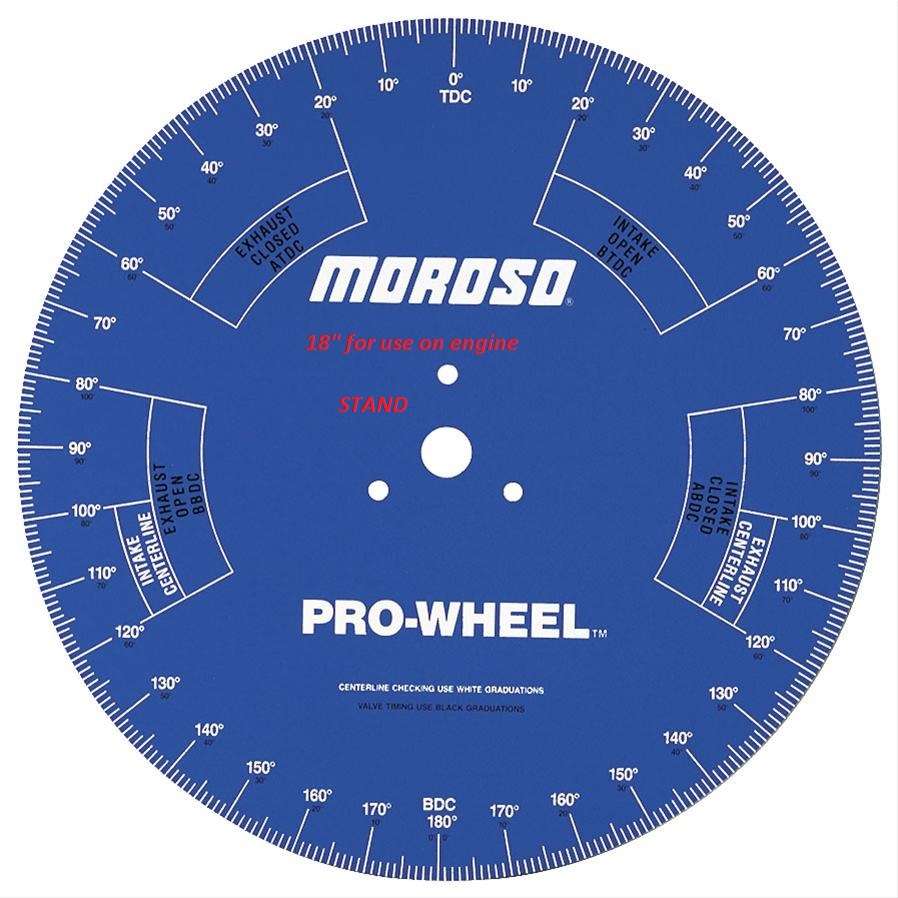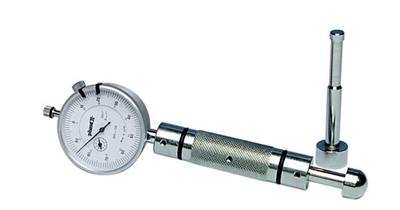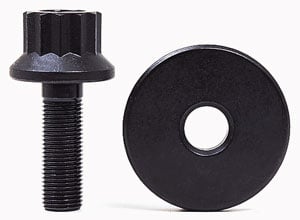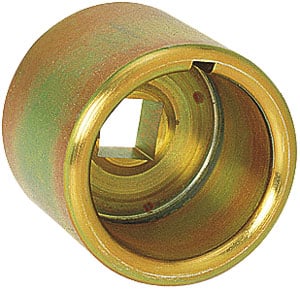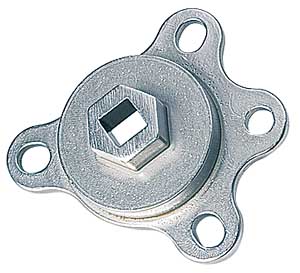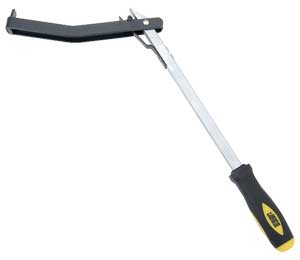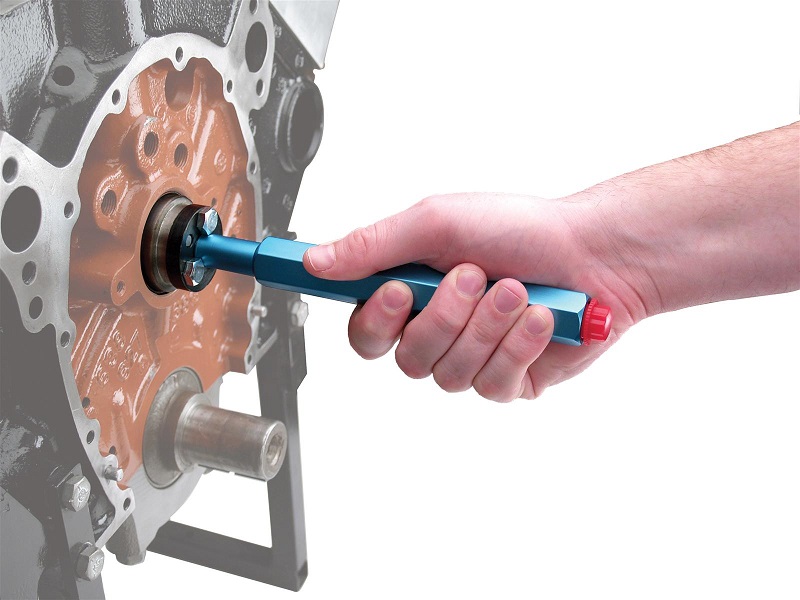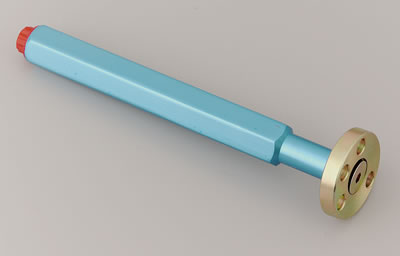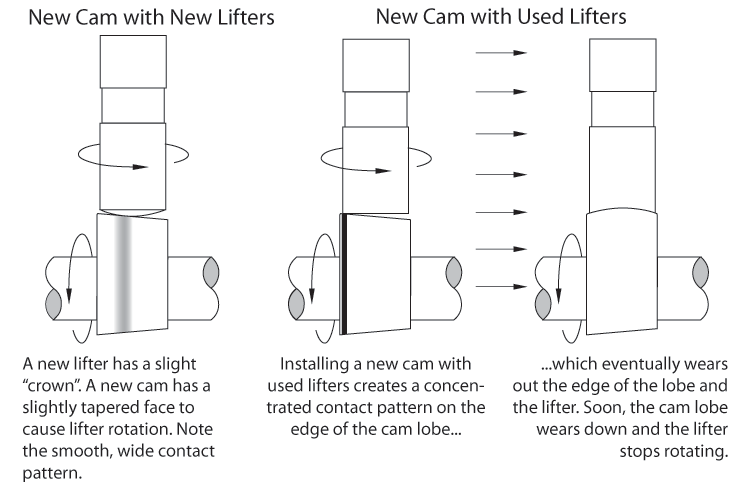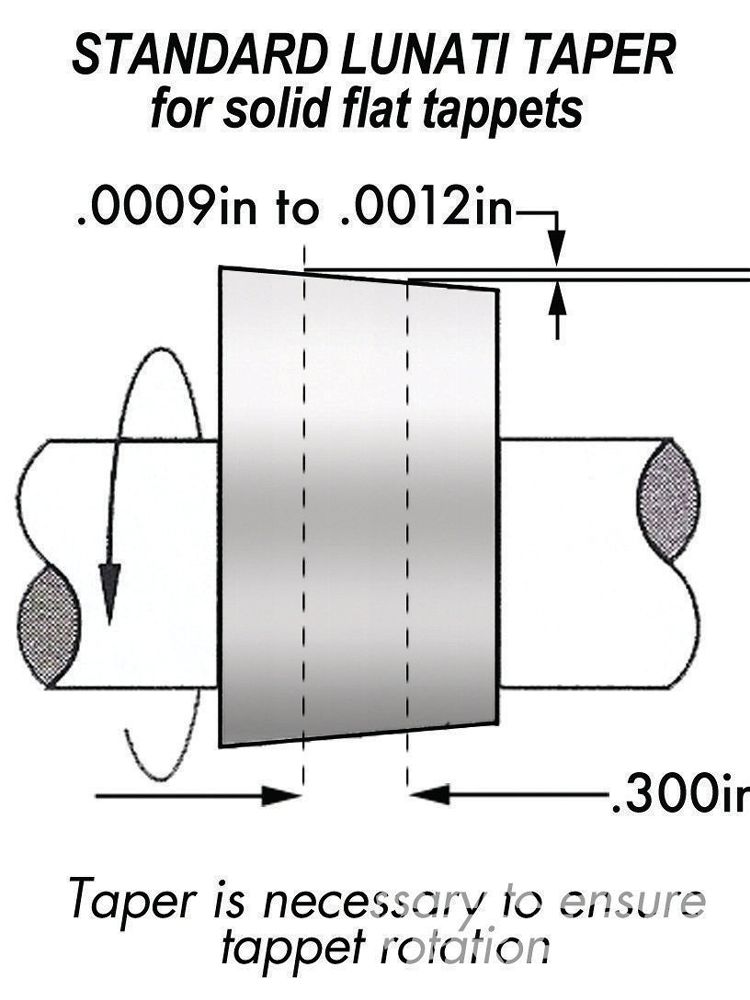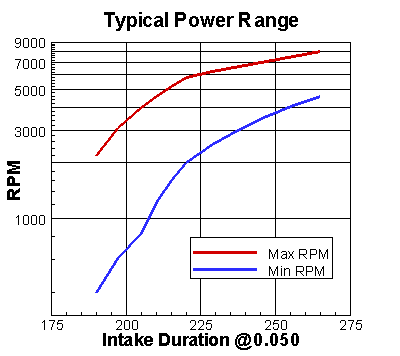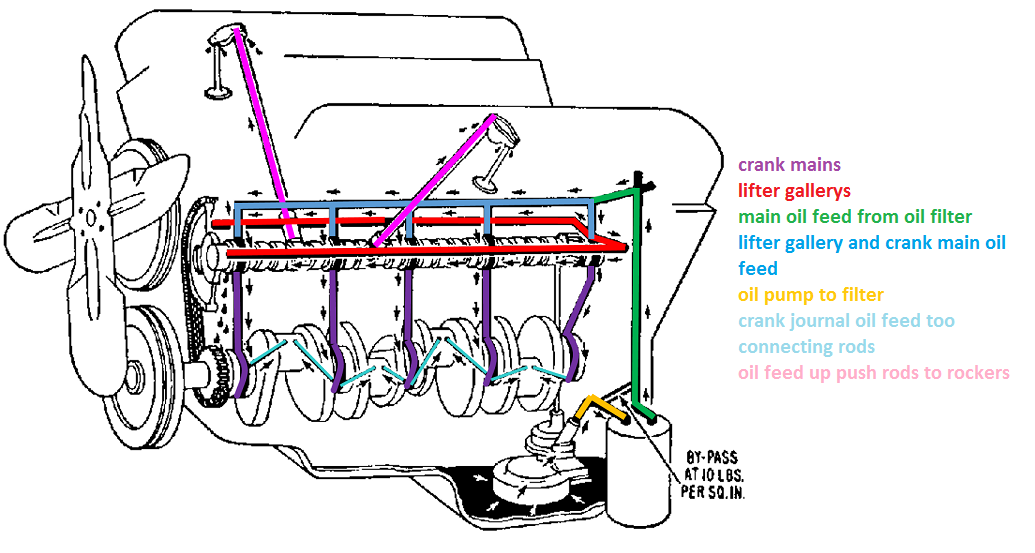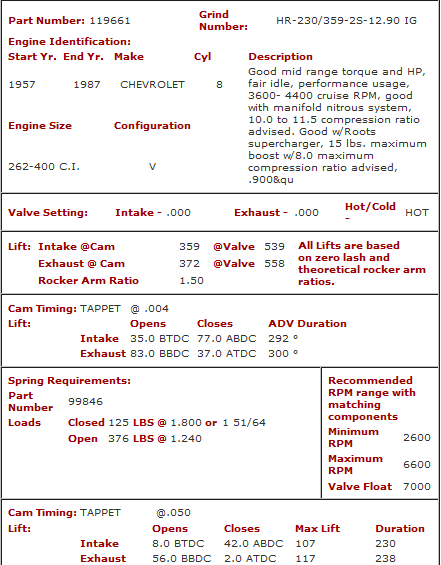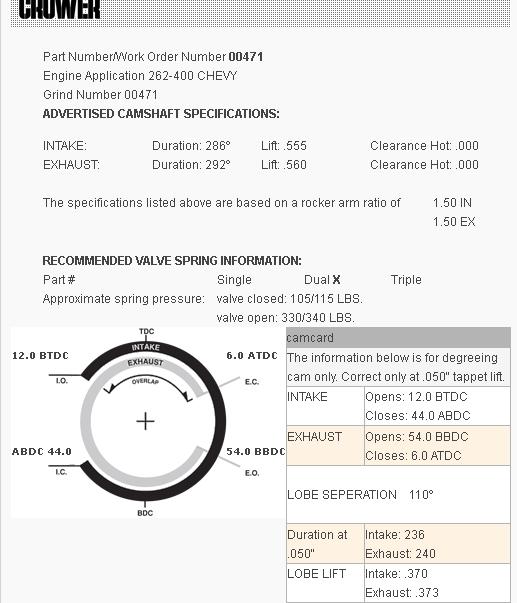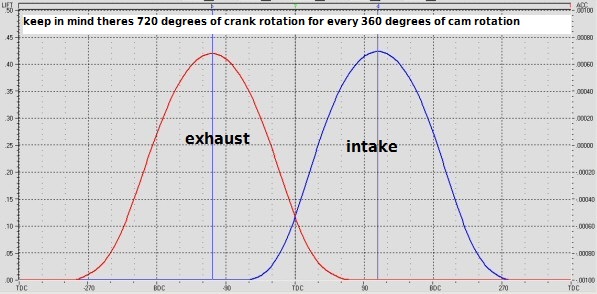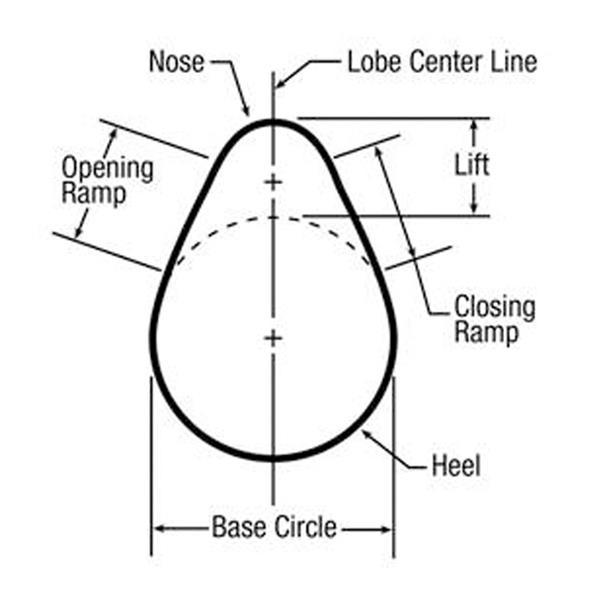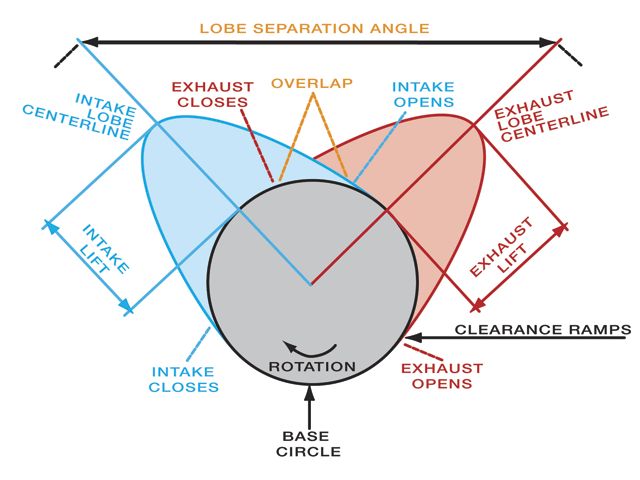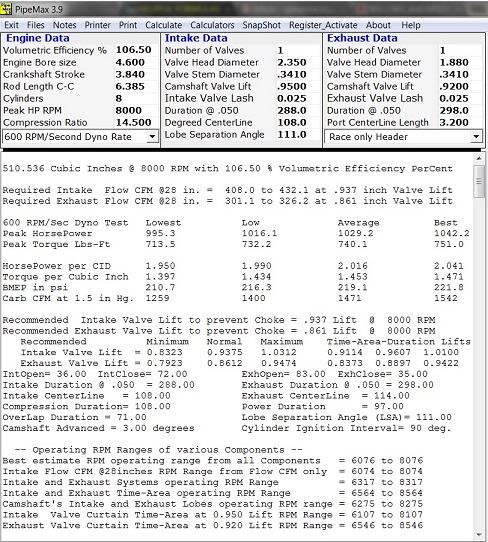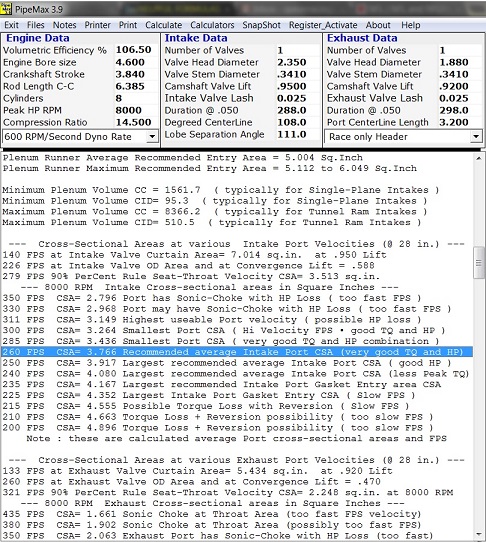some free engine related downloads
http://www.powerperformancenews.com/for ... w-230.html
http://www.compcams.com/Camquest/default.asp
comp cams is now offering a free cam sellection software,
THIS IS A USEFUL TOOL,
this is useful in seeing the lift/duration/LCA they suggest for your application,
in most cases they get fairly close so its a tool thats useful
, now you don,t necessarily need to buy a COMP CAM but a cam with a similar lift/duration/LCA from your favorite manufacturer probably should be fairly close to whats recommended
keep in mind the software can,t differentiate between an off the shelf intake or one extensively port matched and ported,
, it can,t tell the difference between a crap valve job and a 5 angle valve job with a back cut valve,if port and bowl clean-up was done,
or headers blended entrances with matched length 38" primaries and 18"long 3.5" collectors and ones with
20 inch tube primaries and a 4"long 3" collector, and it certainly can,t account for a good tune vs one not so well balanced ETC.
and while you may enter factors like the cams LSA and LCA,
it generally won,t show how those changes effect scavenging efficiency.
soft ware dynos are generally accurate to within 5%-10% ,
but thats at times 30-hp to -40-hp, or more that is either potentially ignored or assumed.
some free, some NOT, but most are useful, and while in some cases the price seems steep the software can help make smarter choices and keep you from screwing up the build with badly mis-matched components
keep in mind predicted numbers will be suspect! but if you make changes and see a 5%-10% GAIN you can be reasonably sure that similar changes on a real engine will result is some change in a similar direction, obviously
GARBAGE INFO IN,
RESULTS IN,
GARBAGE INFO OUT,
in the predicted results,
so take the effort to verify what data your inputting
http://garage.grumpysperformance.com/index.php?threads/dyno-software.784/
http://www.virtualengine2000.com/
http://www.maxracesoftware.com/PIPE395.htm
http://www.virtualengine2000.com/Calculator.htm
http://www.virtualengine2000.com/?gc...FQYLbAodIEkP2A
http://racingdownloads.com/
http://www.audietech.com/
ITS not free at $460 but if youve got the patience too learn how to use it, and load all its requested input data its a great source of info on engines, and predicts results well, but it can be a P.I.T.A. to use at times
http://www.auto-ware.com/software/eap/eap.htm
IVE got EA PRO, its basically a P.I.T.A. and very time intensive to load all the data requested correctly, get lazy and guess on info and your results will be garbage, but it does tend to give reasonable results PROVIDED you input ALL the correct info,carefully, its the old "garbage info in=garbage info out"
http://performancetrends.com/Engine_Log_Book_v1.htm
more interesting stuff
http://www.performancetrends.com/cam_test_stand.htm
viewtopic.php?f=52&t=240&p=285&hilit=flow+numbers#p285
viewtopic.php?f=52&t=148&p=182&hilit=flow+numbers#p182
viewtopic.php?f=52&t=333&p=409&hilit=flow+numbers#p409
http://www.race-cars.net/calculators/et_calculator.html
http://www.camquest.com/
viewtopic.php?f=52&t=8460
http://www.wallaceracing.com/runnertorquecalc.php
http://www.wallaceracing.com/chokepoint.php
http://www.powerperformancenews.com/for ... w-230.html
http://www.compcams.com/Camquest/default.asp
comp cams is now offering a free cam sellection software,
THIS IS A USEFUL TOOL,
this is useful in seeing the lift/duration/LCA they suggest for your application,
in most cases they get fairly close so its a tool thats useful
, now you don,t necessarily need to buy a COMP CAM but a cam with a similar lift/duration/LCA from your favorite manufacturer probably should be fairly close to whats recommended
keep in mind the software can,t differentiate between an off the shelf intake or one extensively port matched and ported,
, it can,t tell the difference between a crap valve job and a 5 angle valve job with a back cut valve,if port and bowl clean-up was done,
or headers blended entrances with matched length 38" primaries and 18"long 3.5" collectors and ones with
20 inch tube primaries and a 4"long 3" collector, and it certainly can,t account for a good tune vs one not so well balanced ETC.
and while you may enter factors like the cams LSA and LCA,
it generally won,t show how those changes effect scavenging efficiency.
soft ware dynos are generally accurate to within 5%-10% ,
but thats at times 30-hp to -40-hp, or more that is either potentially ignored or assumed.
some free, some NOT, but most are useful, and while in some cases the price seems steep the software can help make smarter choices and keep you from screwing up the build with badly mis-matched components
keep in mind predicted numbers will be suspect! but if you make changes and see a 5%-10% GAIN you can be reasonably sure that similar changes on a real engine will result is some change in a similar direction, obviously
GARBAGE INFO IN,
RESULTS IN,
GARBAGE INFO OUT,
in the predicted results,
so take the effort to verify what data your inputting
http://garage.grumpysperformance.com/index.php?threads/dyno-software.784/
http://www.virtualengine2000.com/
http://www.maxracesoftware.com/PIPE395.htm
http://www.virtualengine2000.com/Calculator.htm
http://www.virtualengine2000.com/?gc...FQYLbAodIEkP2A
http://racingdownloads.com/
http://www.audietech.com/
ITS not free at $460 but if youve got the patience too learn how to use it, and load all its requested input data its a great source of info on engines, and predicts results well, but it can be a P.I.T.A. to use at times
http://www.auto-ware.com/software/eap/eap.htm
IVE got EA PRO, its basically a P.I.T.A. and very time intensive to load all the data requested correctly, get lazy and guess on info and your results will be garbage, but it does tend to give reasonable results PROVIDED you input ALL the correct info,carefully, its the old "garbage info in=garbage info out"
http://performancetrends.com/Engine_Log_Book_v1.htm
more interesting stuff
http://www.performancetrends.com/cam_test_stand.htm
viewtopic.php?f=52&t=240&p=285&hilit=flow+numbers#p285
viewtopic.php?f=52&t=148&p=182&hilit=flow+numbers#p182
viewtopic.php?f=52&t=333&p=409&hilit=flow+numbers#p409
http://www.race-cars.net/calculators/et_calculator.html
http://www.camquest.com/
viewtopic.php?f=52&t=8460
http://www.wallaceracing.com/runnertorquecalc.php
http://www.wallaceracing.com/chokepoint.php
Last edited by a moderator:

